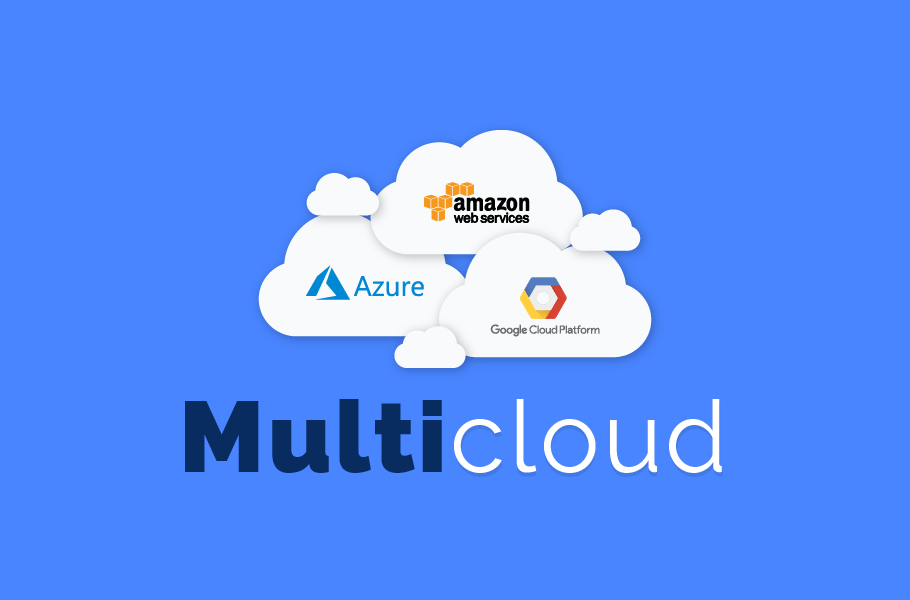
We all know the saying “You are the average of the five people you spend the most time with”. This statement highlights the significance of the people in our lives and the impact they have on us. Our surroundings have the ability to shape our thoughts, beliefs, and overall outlook on life. Hence, it is crucial that we surround ourselves with positive people who bring out the best in us and help us to grow and flourish.
The people in our lives can either uplift us or bring us down. Positive people have a contagious energy that can lift our moods and inspire us to be our best selves. On the other hand, negative people can bring us down with their negative thoughts and attitudes, leaving us feeling drained and demotivated. It is not uncommon for us to feel drained after spending time with people who complain, criticize or gossip. This is why it is important to surround ourselves with positive individuals who bring joy, positivity and inspiration into our lives.
The impact of positive people on our mental health is profound. Research has shown that people who are surrounded by positive relationships tend to experience less stress, anxiety and depression. Positive relationships can also increase our levels of happiness and satisfaction with life. Furthermore, positive people can provide us with emotional support and help us to cope with challenges and difficult situations. This type of support is crucial for our overall well-being and can have a significant impact on our mental health.
In addition to their impact on our mental health, positive people can also have a positive impact on our professional lives. They can help us to develop our skills and reach our full potential. Positive people often have a growth mindset and encourage us to pursue our goals and dreams. They can provide us with guidance, feedback and support, which can help us to reach new heights in our careers.

Moreover, positive people can also help us to broaden our perspectives and see things from different angles. They encourage us to challenge our limiting beliefs and to consider alternative viewpoints. This can be particularly valuable in our personal and professional lives, as it helps us to become more open-minded and to see the world from different perspectives. This, in turn, can lead to new insights and opportunities.
However, surrounding ourselves with positive people is not always easy. It can be challenging to find people who share our values, beliefs and outlook on life. Furthermore, it can be difficult to maintain positive relationships when life becomes challenging. Despite these challenges, it is important to make a conscious effort to surround ourselves with positive people.
One way to do this is by seeking out new relationships. This could be through joining clubs, groups or organizations that align with our interests and values. Attending events and participating in activities that we enjoy can also help us to meet new people and expand our network. Online communities and social media platforms can also provide opportunities to connect with like-minded individuals.
Another way to surround ourselves with positive people is by nurturing our existing relationships. This could involve spending quality time with friends and family, engaging in meaningful conversations, and participating in activities that bring us joy. It is also important to maintain open and honest communication in our relationships, as this can help us to build stronger bonds and deepen our connections.

It is also important to limit our exposure to negative people and negative influences. This could involve setting boundaries with individuals who bring us down, avoiding negative news and media, and limiting our time spent on social media. By limiting our exposure to negativity, we can maintain a positive outlook and protect our mental health.
In conclusion, surrounding ourselves with positive people is an essential part of living a happy and fulfilling life. Positive relationships can have a profound impact on our mental health, personal growth and professional success. Positive individuals bring joy, inspiration and encouragement into our lives, helping us to overcome challenges and reach our full potential.
It is important to make a conscious effort to surround ourselves with positive people, by seeking out new relationships, nurturing our existing relationships, and limiting our exposure to negativity. These efforts can help us to build a strong support system and create a positive environment that uplifts and inspires us.
In summary, the importance of surrounding ourselves with positive people cannot be overstated. Positive relationships can have a significant impact on our lives and help us to become the best version of ourselves. So, make the effort to surround yourself with positive individuals who bring positivity and joy into your life, and watch your happiness, success and overall well-being soar.




























































